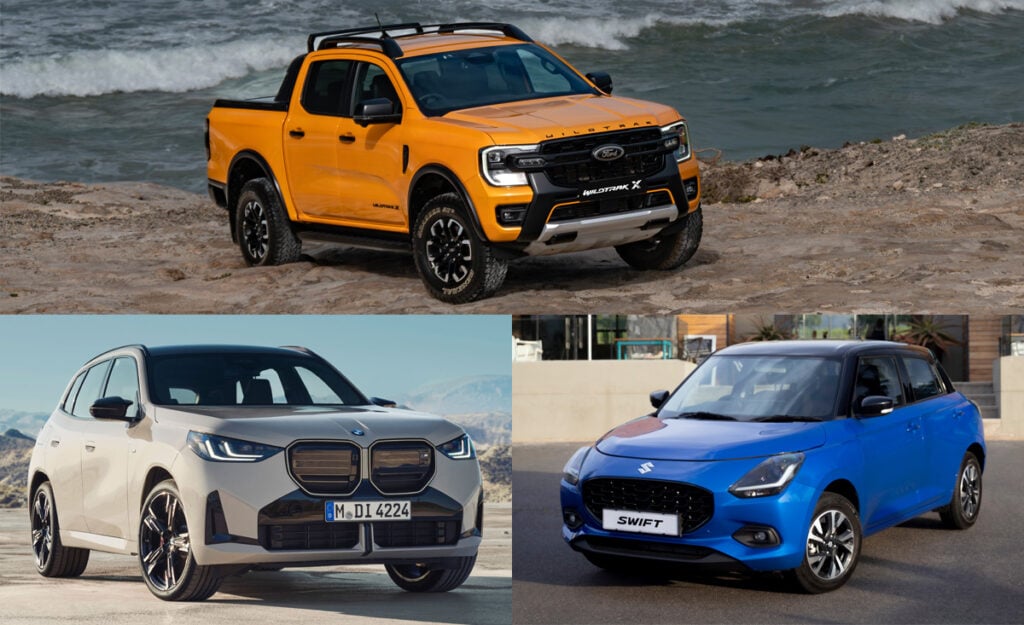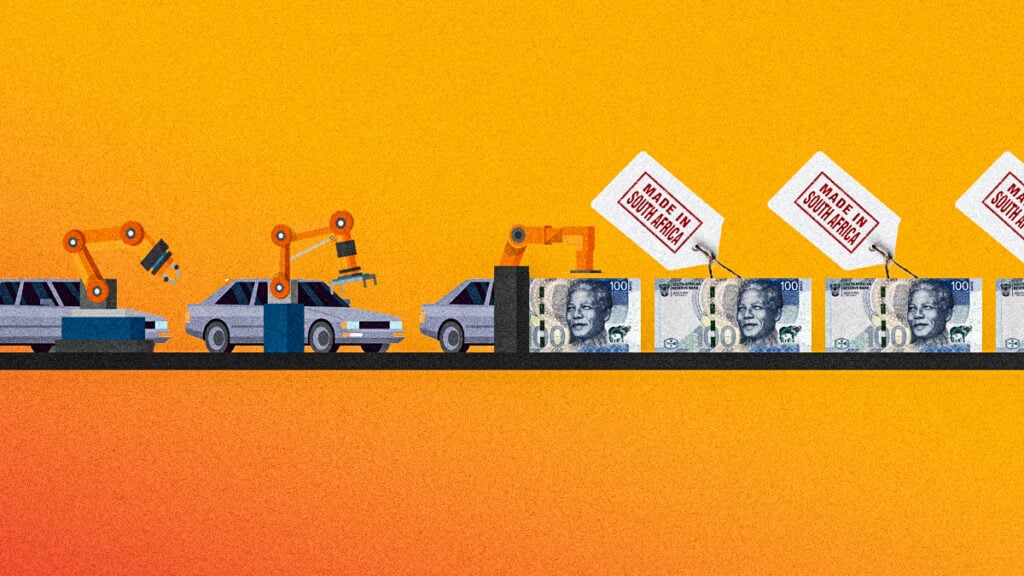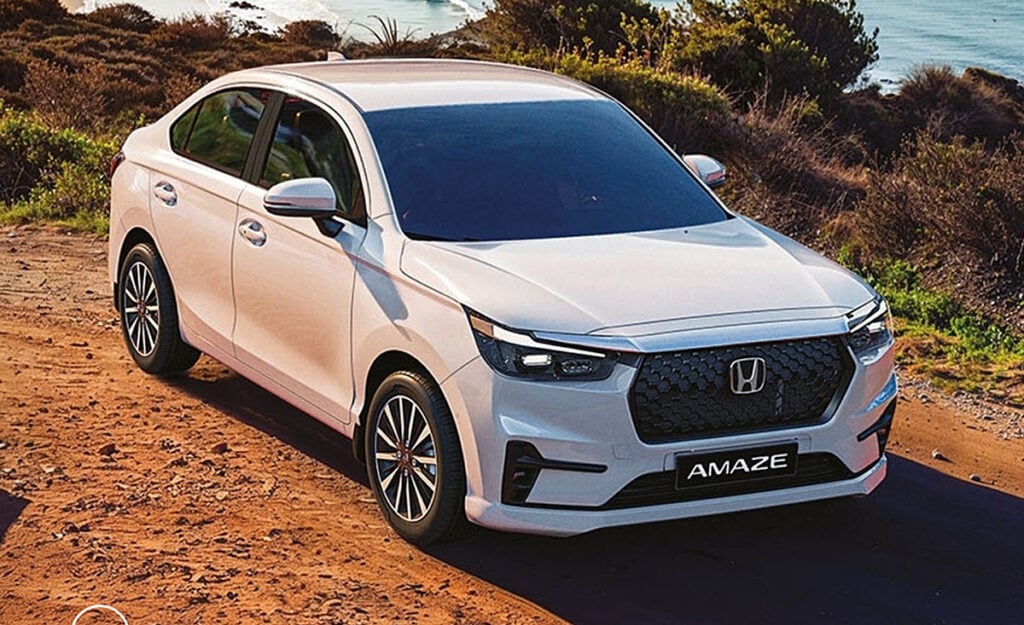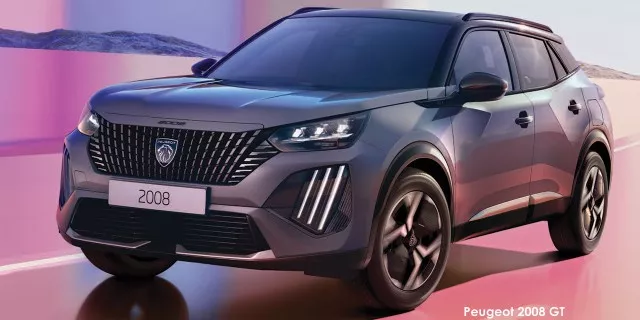
It is estimated that roughly half of all driver’s licences in South Africa were illegally obtained, meaning that one in two motorists out on the roads have not passed a driving exam.
This issue was recently highlighted by Masterdrive CEO Eugene Herbert, who spoke about the corruption within South Africa’s Driving Licence Testing Centres during an interview with Newzroom Afrika.
“I can’t quote the veracity of it now, but it was estimated that about 50% of driver’s licences had been obtained fraudulently, which means that every second driver you encounter on the road is statistically not licensed,” he said.
Herbert explained that there are several reasons why South Africa’s fraudulent licence issue is so prevalent, starting with the fact that getting a card legally can be a costly and time-consuming process.
This leads to a lot of desperation that can be easily exploited by unscrupolous individuals promising a way to skip the hassle.
“It costs [applicants] a lot of money because they fail, so they land up with a bill of R4,000, R5,000, maybe even more,” he said.
“Then they look at it and say: hold on. I know somebody who, if I pay R2,000, will get my licence immediately.”
Even when an individual goes through the K53 process, the test itself can often be very limited.
Driving exams are typically conducted in urban areas and do not include vital aspects of everyday driving, such as high-speed freeways and travelling at night.
As a result, aspiring applicants are usually unprepared for real-world driving conditions which ultimately contributes towards South Africa’s high accident rates.
Even when a person does acquire their licence, it does not guarantee that they can drive to a reasonable degree.
Herbert explained that this disconnect is the result of the ease of obtaining certain licence categories, such as Code 10 or Category C, which are exempt from some of the more intensive assessments.
“The code 10. It’s easier to obtain, and there’s new terminology: category C. They can get a licence more easily,” he said.
“They don’t have to do all the normal things you and I would have done in order to qualify for a licence, and they are sharing the roads with us in shopping centres, et cetera, where many incidents occur.”
A hazardous country to drive in

In late March, the World’s Safest and Most Dangerous Roads study revealed that South Africa is the most hazardous country in the world to drive in – a title that it has now earned two years in a row.
This was corroborated by Lucky Molaudzi, general manager for Road Safety Partnership in South Africa, who stated that 12,000 deaths occur on our roads every year.
Several factors that contribute towards this poor performance are fairly straightforward, such as South Africa’s drunk driving epidemic, and its estimated 31% compliance rate with regard to seatbelt use.
However, Driving.co.za managing director Rob Handfield-Jones argued that the issue runs much deeper, as it speaks to an element of lawlessness on our roads.
He noted that fatalities have surged since 1998, corresponding to an increase in corruption at licencing departments, allowing people to obtain their cards while lacking fundamental driving skills.
“That traces back to the 1996 evisceration of the Instructor’s Test and the implementation of the centralised licence booking system shortly afterwards,” said Handfield-Jones.
“No other factors can explain the abrupt doubling of fatality rates from 1998 to 2006 after they had declined in a straight line from 1985 onwards.”










